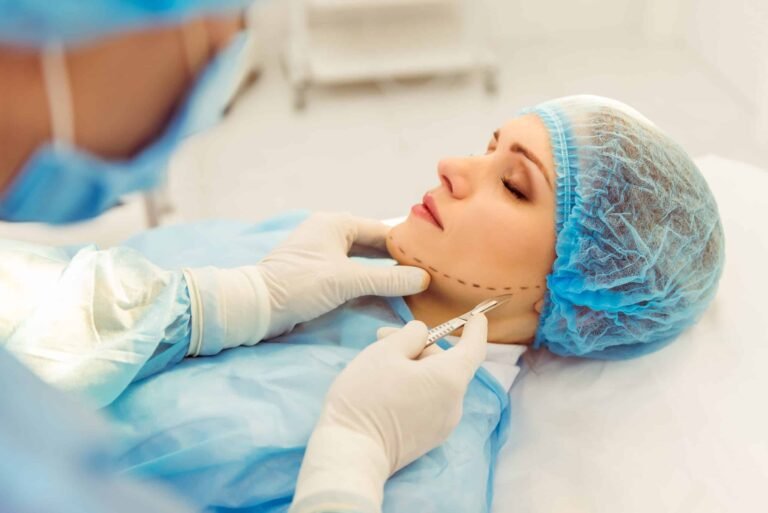Treatment Overview
Preservation-focused techniques represent an innovative approach in facial rejuvenation surgery that emphasizes maintaining and restoring the patient’s natural anatomy rather than removing or overly tightening tissues. This method carefully preserves key facial structures such as fat pads, ligaments, and muscle attachments while repositioning them to achieve a youthful appearance. In Korea, surgeons have pioneered refined preservation methods that minimize trauma, reduce recovery time, and produce subtle, natural-looking results that age gracefully.
Purpose & Benefits
The main goal of preservation-focused surgery is to rejuvenate the face by maintaining its natural volume and contours while correcting sagging and aging signs. Benefits include:
- Natural facial expressions preserved without stiffness
- Maintenance of youthful fat pads and soft tissue
- Reduced risk of hollowed or “skeletal” appearance after surgery
- Less invasive techniques resulting in quicker recovery
- Long-lasting and balanced rejuvenation tailored to individual anatomy
Ideal Candidates
Ideal candidates include men and women in their 40s to 70s who want facial rejuvenation without an artificial or “overdone” look. Those concerned about maintaining their unique facial identity and natural volume loss are excellent candidates. Good general health and realistic expectations about surgical outcomes are essential.
Possible Risks & Complications
As with any surgery, risks include swelling, bruising, temporary numbness, asymmetry, infection, and scarring. Because preservation techniques are less invasive and focus on minimal disruption, complication rates tend to be lower when performed by experienced Korean surgeons.
Surgical Techniques Used
Korean surgeons use a variety of preservation-focused methods, such as:
- SMAS Preservation and Repositioning: Instead of removing or excessively tightening the SMAS layer, it is repositioned to support natural contours.
- Fat Preservation and Repositioning: Fat pads are carefully preserved and sometimes repositioned rather than removed, maintaining facial fullness.
- Ligament-Sparing Dissection: Key facial ligaments are preserved to support natural movement and expression.
- Minimal Skin Undermining: Skin lifting is limited to avoid unnecessary trauma and reduce scarring.
- Use of Endoscopic Assistance: Small incisions and cameras help reduce tissue disruption and enhance precision.
Recovery & Aftercare
Recovery is generally faster compared to traditional facelift techniques, often requiring 1–2 weeks for most swelling and bruising to subside. Patients are encouraged to follow a gentle care regimen, avoid strenuous activity for several weeks, and attend follow-up appointments. Korean clinics often incorporate regenerative therapies, including lymphatic massage and LED light treatments, to accelerate healing.
Results & Longevity
Preservation-focused surgeries offer subtle, natural rejuvenation with results lasting 8–12 years on average. Because the natural anatomy is maintained, patients enjoy softer, more balanced aging without sudden or drastic changes.
Treatment Process in Korea
Korea is at the forefront of preservation-focused facial surgery, combining cutting-edge technology with an artistic approach. The treatment process involves comprehensive preoperative evaluation using 3D imaging and facial analysis to customize surgery according to individual anatomy. Korean surgeons prioritize natural outcomes and often combine preservation methods with skin regeneration treatments to maximize longevity. The country’s top clinics provide thorough aftercare and holistic support, making Korea a preferred destination for those seeking gentle yet effective facial rejuvenation.
Cost Range
The cost for preservation-focused facelift surgery in Korea typically ranges from ₩7,000,000 to ₩13,000,000 KRW (approximately $5,500–$10,000 USD), depending on the clinic, surgeon expertise, and specific techniques used.
Popular Clinics
- Banobagi Plastic Surgery – Leaders in natural rejuvenation using preservation techniques.
- JW Plastic Surgery – Known for combining artistry with minimally invasive approaches.
- ID Hospital – Offers advanced preservation methods with extensive patient care.
- The Line Plastic Surgery – Specializes in subtle, natural facelift outcomes.
- Regen Plastic Surgery – Focuses on innovative techniques with personalized treatment plans.




